SHELDON ORRIN PARSONS
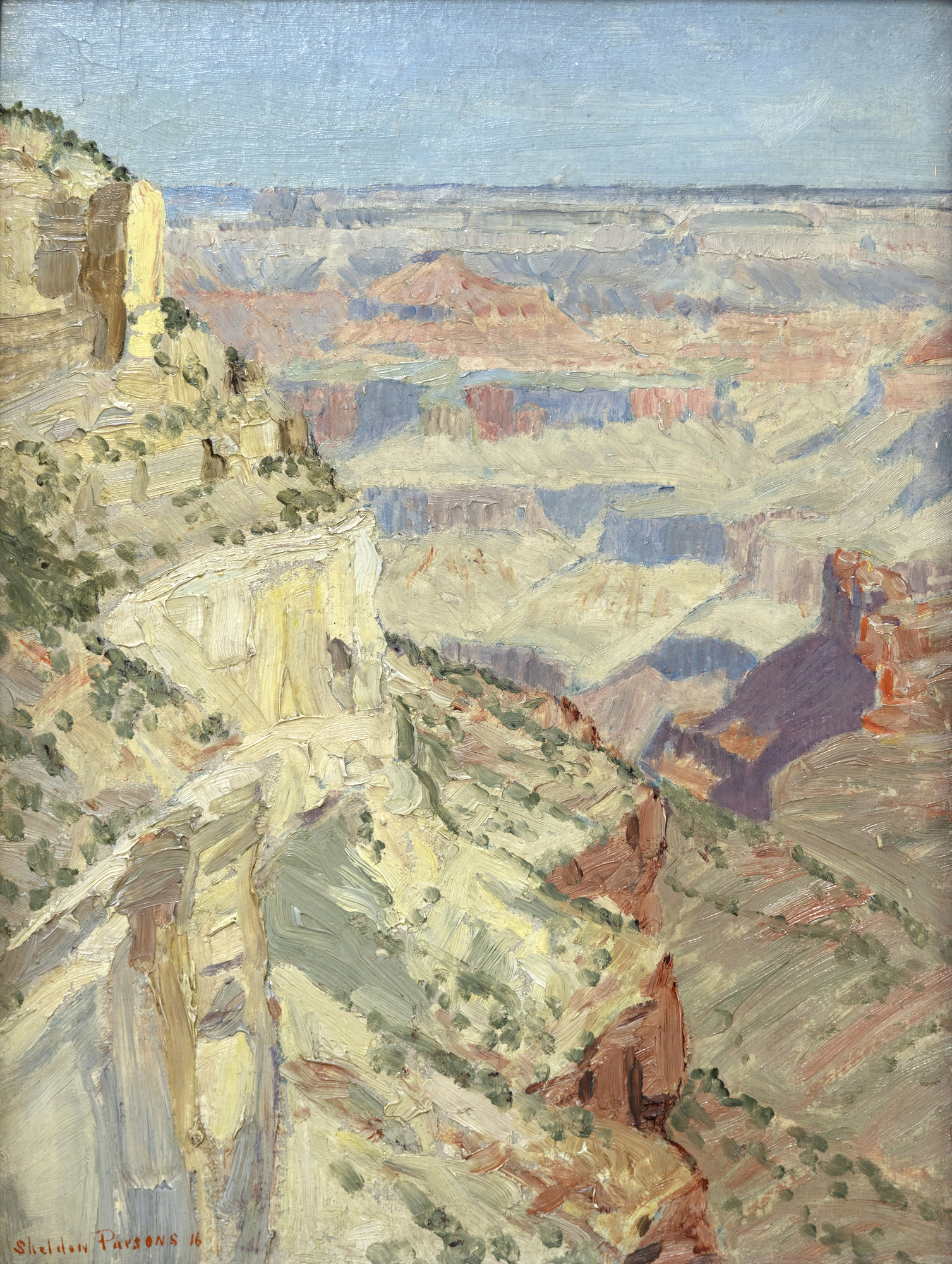
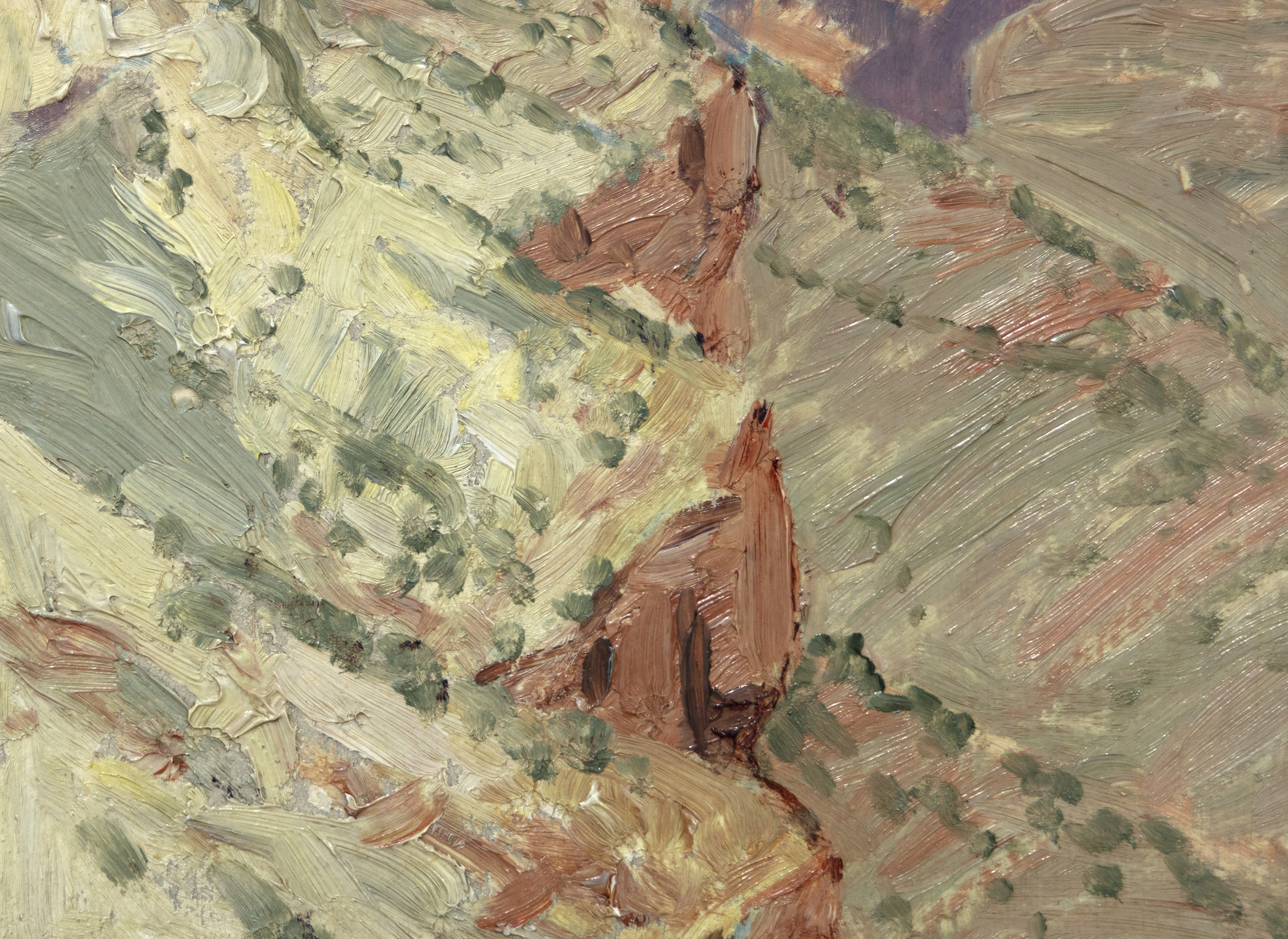
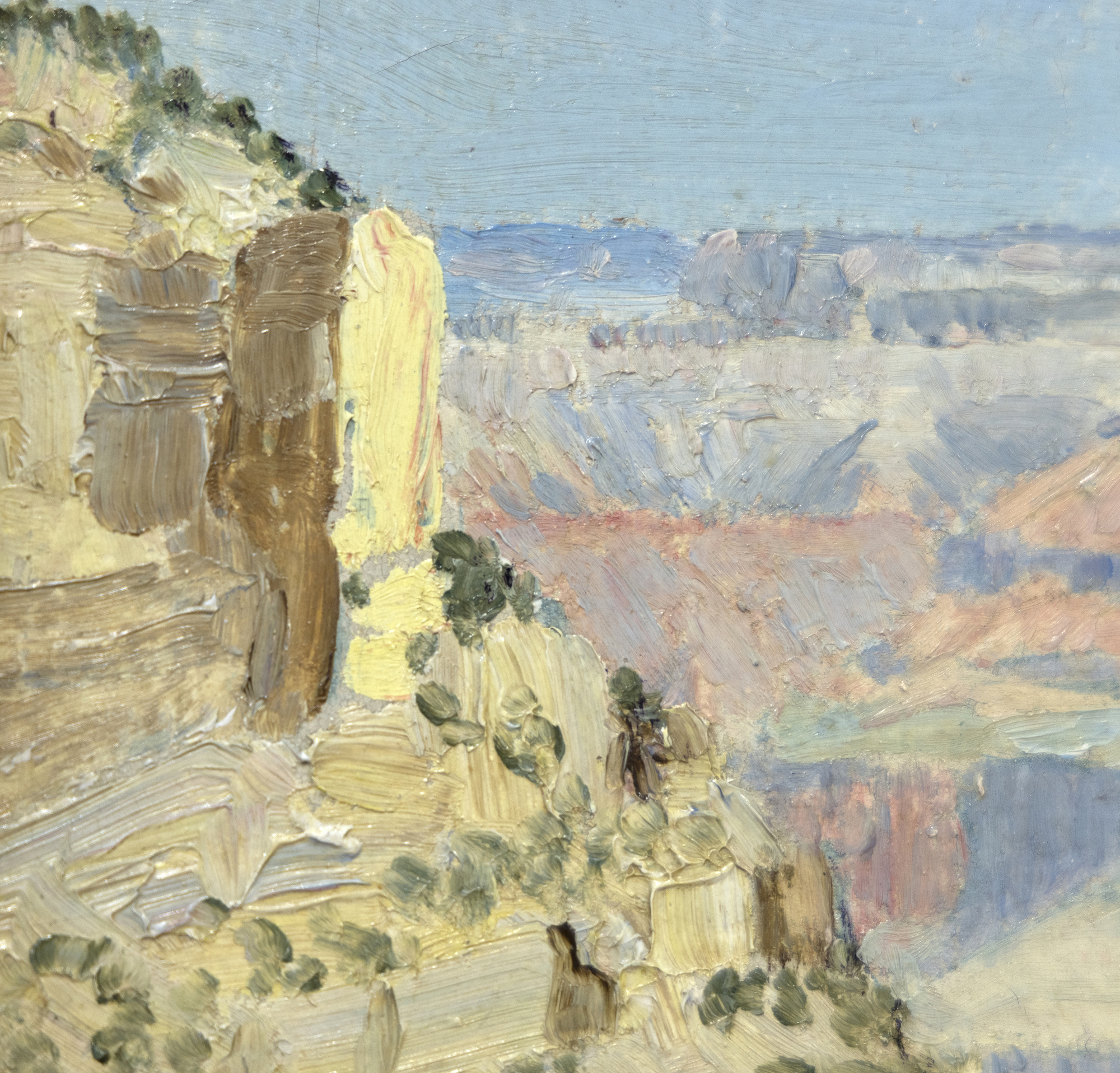
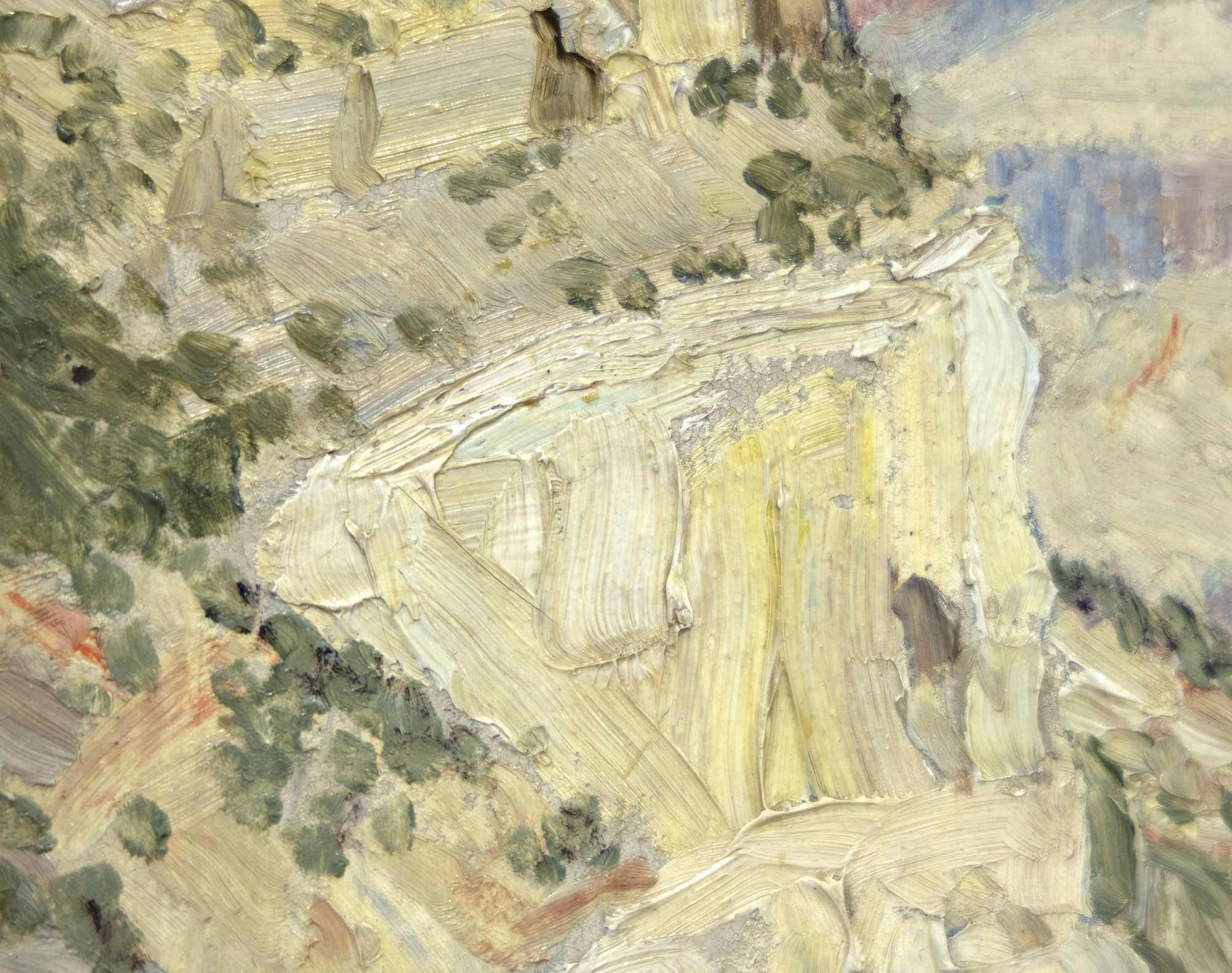
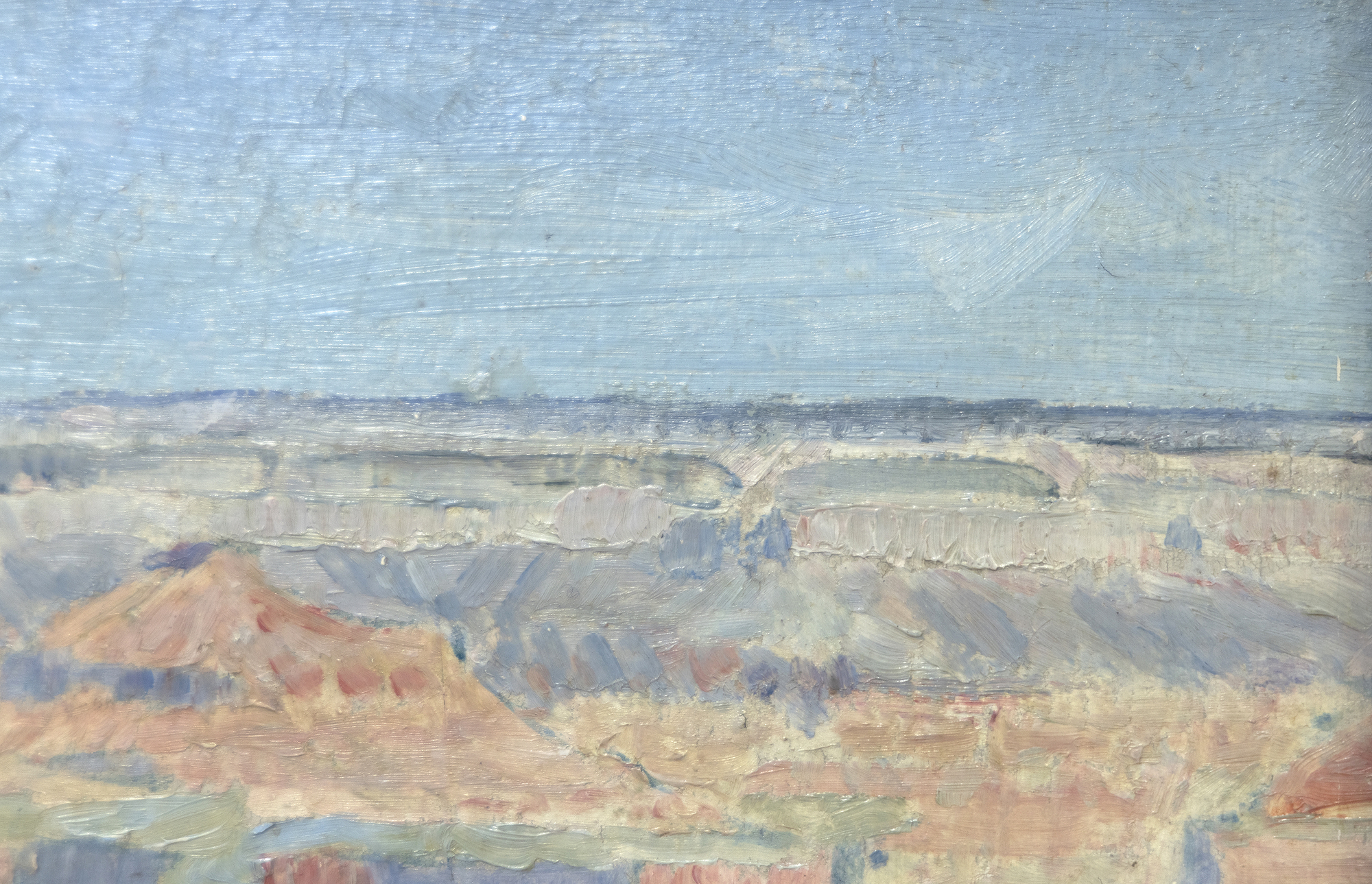
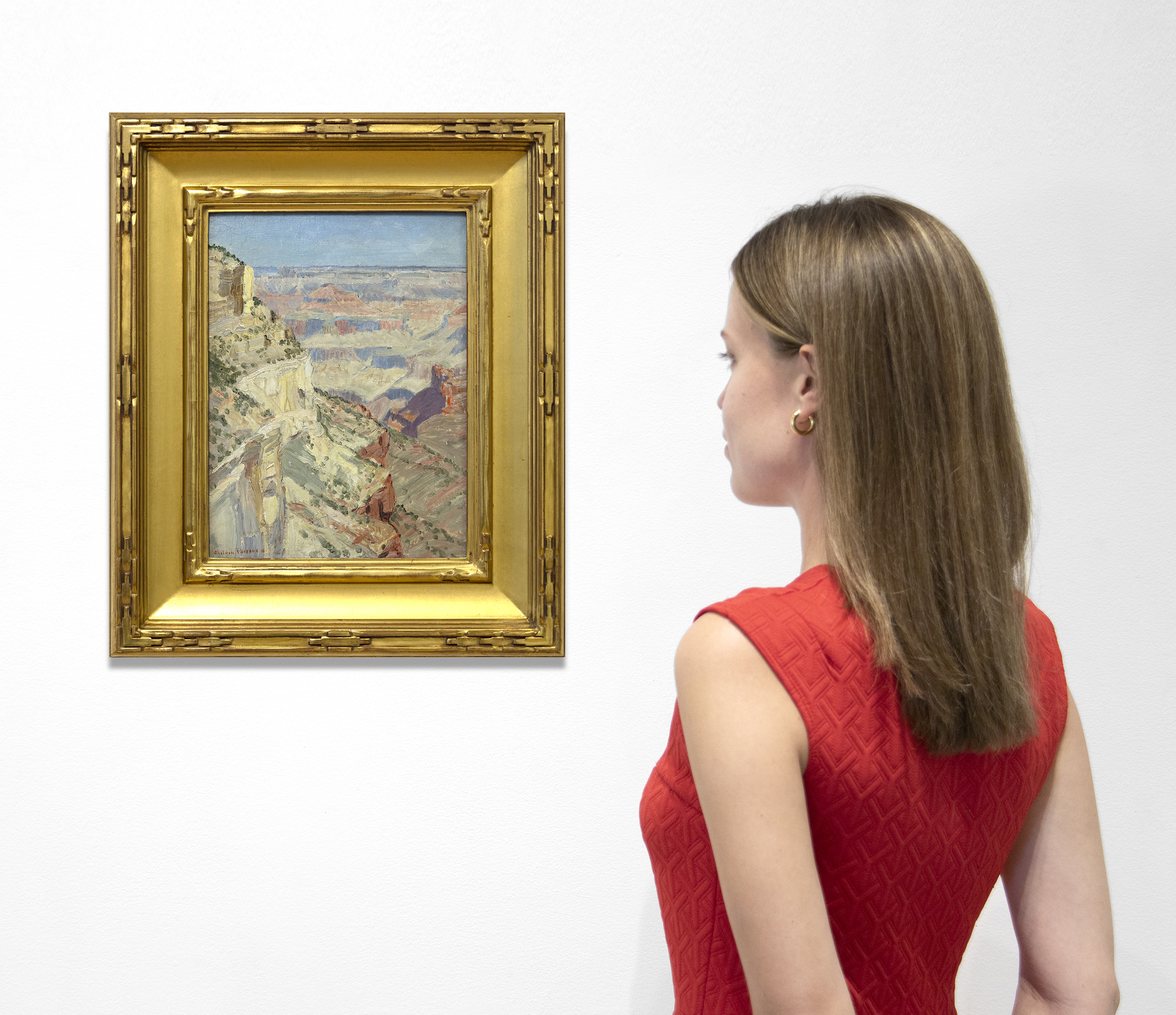
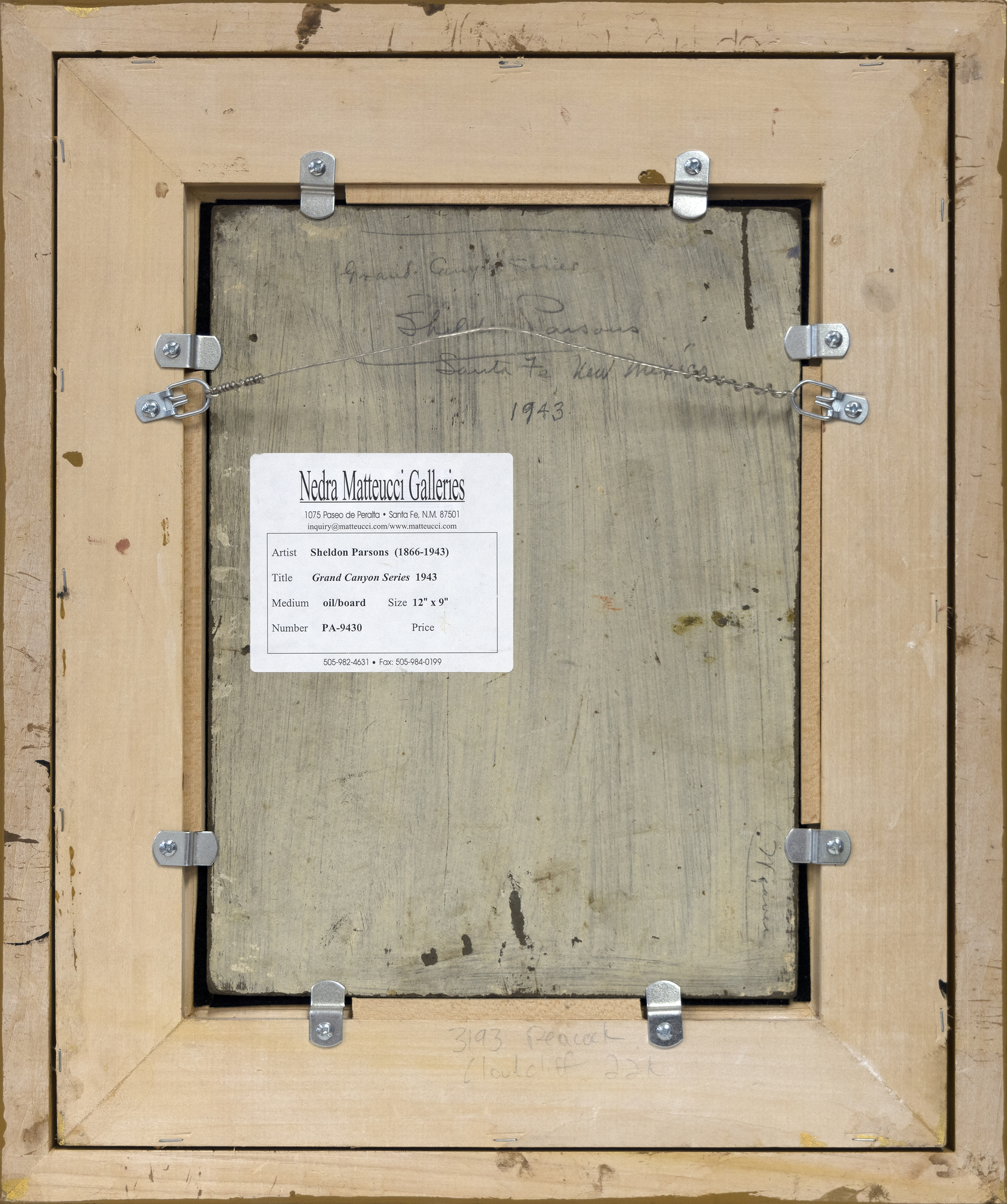
Procedencia
Galerías Nedra Matteucci, Santa Fe, Nuevo MéxicoColección privada, adquirida a la anterior, 12 de diciembre de 2004
Parsons pintó el Gran Cañón en varias ocasiones. Inmortalizado en pintura por artistas desde Thomas Moran hasta los fundadores de Taos e innumerables artistas contemporáneos, el primer ejemplo conocido de Parsons, Morning in the Canyon, está fechado en 1916.


